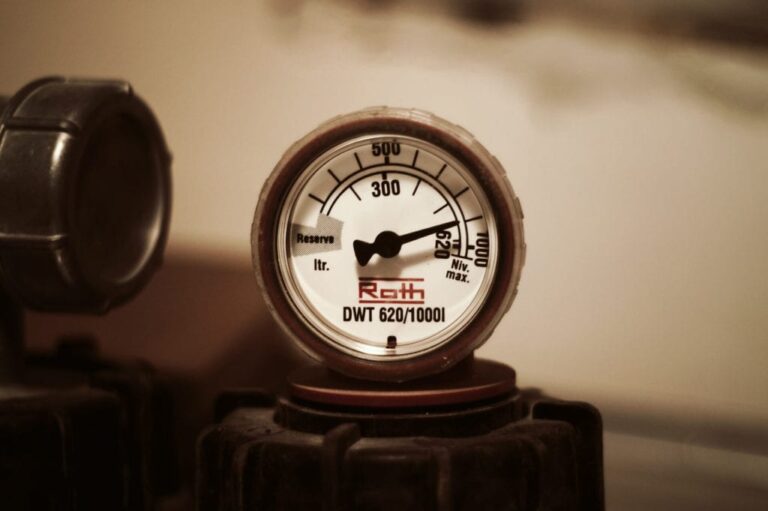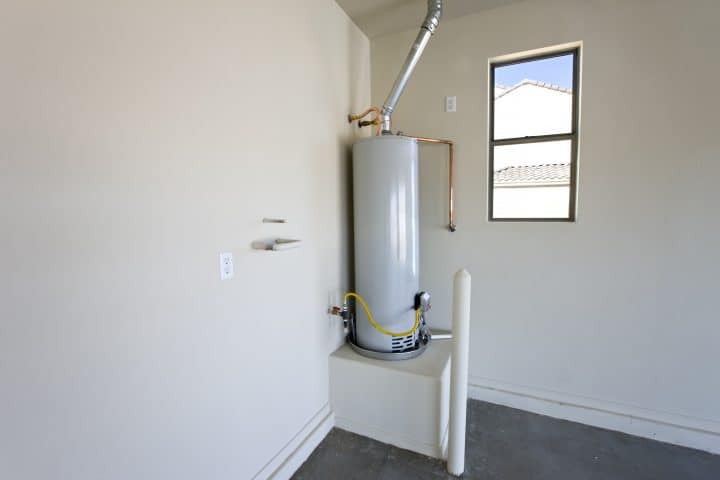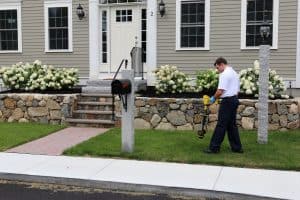Winter isn’t over yet, so you will be relying on your furnace for weeks to come! During this time of year, it’s especially important to keep an eye on your furnace and give it some TLC when it needs it. Unfortunately, even the most modern models don’t come with alarms that sound when it needs to be replaced. Instead, like most of the other appliances in your home, it may show you some warning signs. Here are a few things that you can pay attention to in order to see when your furnace needs to be replaced.
Listen
No old furnace is completely silent, but loud noises should never be ignored. Scary noises are a telltale sign that your furnace may be in trouble. Any groans, whines, or bangs mean that a piece may have loosened or become detached inside. If you have already dumped a bunch of money into repairs, it’s in your best interest to consider replacement. Call a professional to troubleshoot as soon as you start to hear these sounds.
Look
You should check on your pilot light frequently- the flame should always be blue. This is a visual confirmation that the gasses in your furnace are balanced and working together in perfect harmony. If you ever notice that the flame has turned yellow, you have an emergency on your hands. This means that the balance has been disrupted and that carbon monoxide is being emitted. Carbon monoxide is odorless and tasteless, and exposure can lead to serious harm or death.
Smell
It’s normal to smell gas or oil after you turn on your heating system for the first time in a while. If it still lingers after a few consecutive uses, then something isn’t right with your heating system. Contact a specialist right away to diagnose the problem, as strange odors may be more serious than you think. If these substances are leaking, it could result in a fire hazard.
Touch
Reach out and grab that electric bill! It’s important to keep an eye on your electricity bill! If you notice that it’s significantly higher than usual, it means that your furnace is no longer working efficiently. An inefficient furnace requires more electricity to function and can put a serious dent in your wallet. Rather than doing guesswork on your own, you should call a specialist before you waste any more money.






